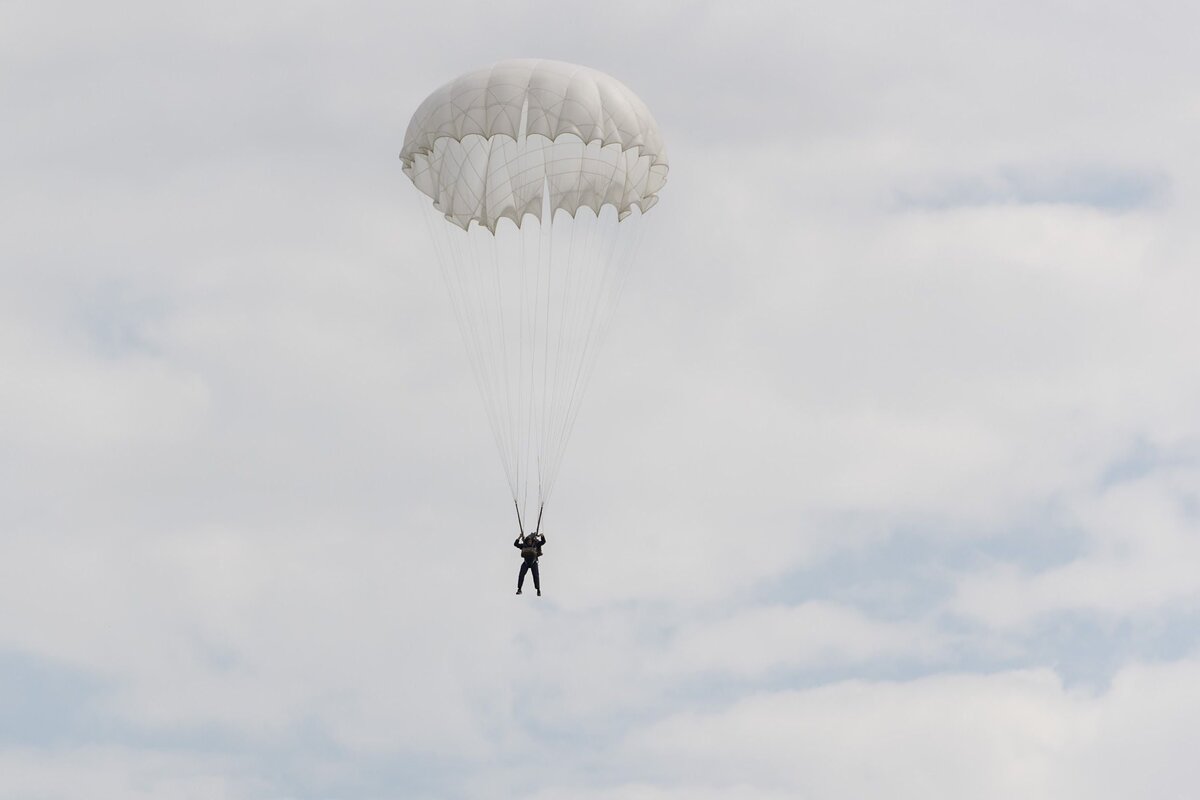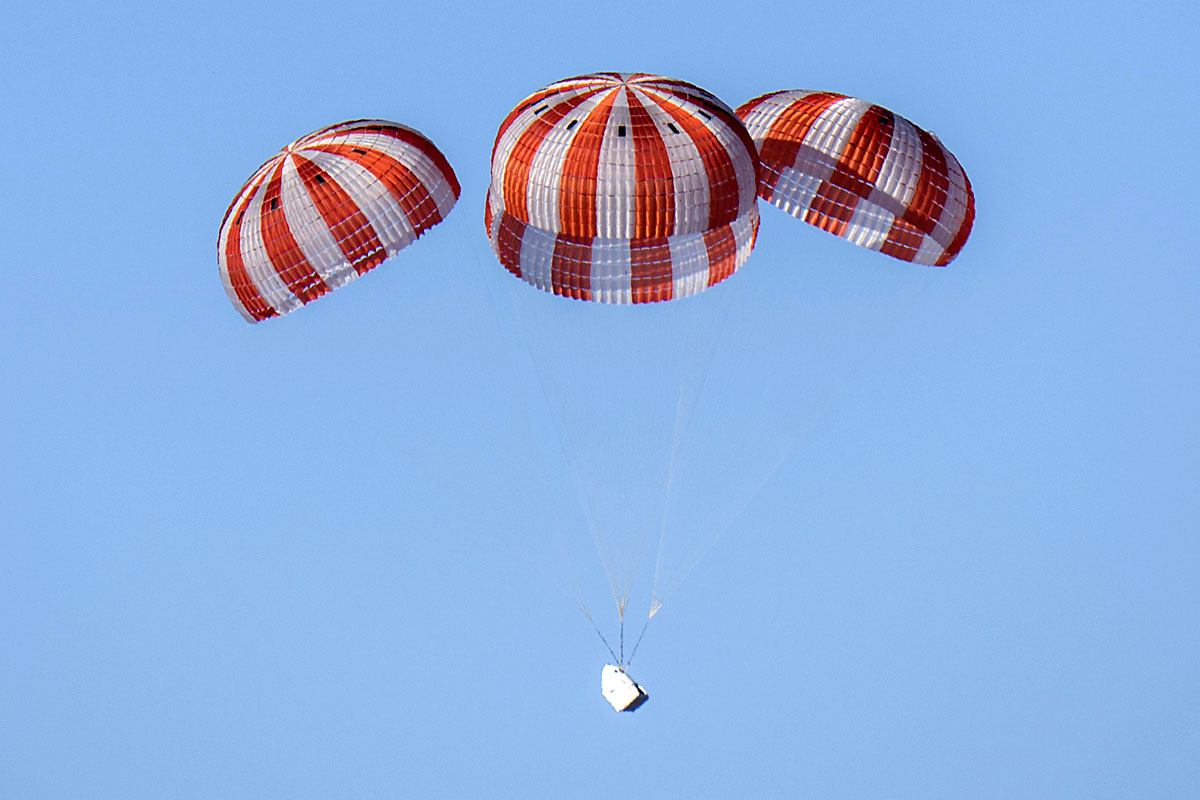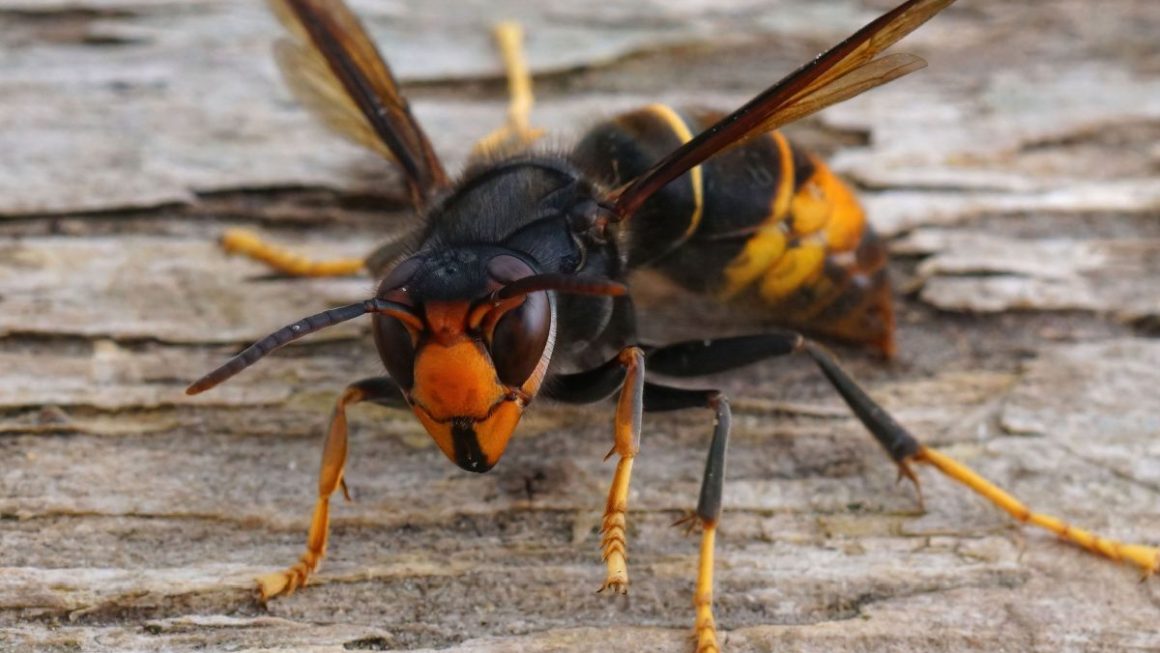- Breaking the rules — Experts tested several patterns and discovered that one of them maintained a vertical trajectory even with variations in size.
A piece of fabric turned into a lifesaver always generates a certain amount of mistrust, because its function depends on something as simple as air and the resistance it offers when falling. Parachutes work thanks to a dome that opens and slows the fall, but their logic seems fragile: a hole can turn a controlled descent into a hopeless fall.
However, the concept itself is based on that balance between lightness and tension, between the material that inflates and the vacuum that sustains it. This duality has inspired researchers around the world to review the traditional design until they come up with proposals that break with the most basic conventions, even those that dictate that a parachute must remain intact.
An invention that turns fragility into an aerodynamic advantage
It was precisely this idea that led a group of researchers from Polytechnique Montréal in Canada and École Polytechnique in France to create a model that behaves more stably when falling. As reported in an article published in Nature, the team manufactured parachutes based on the Japanese art of paper cutting, kirigami, and found that strategic cuts in a plastic sheet made the descent straighter and more predictable.
According to engineer David Mélançon, these parachutes ‘align themselves regardless of the launch angle and always descend vertically.’ The group tested different patterns until they found the most stable one. To do this, they cut out Mylar discs a few centimetres in diameter and dropped them with weights of 4.5 grams from a height of 1.8 metres.
The designs with concentric cuts behaved erratically, but the model with a simple pattern took the shape of an inverted bell as it fell, stabilising instantly. This behaviour was maintained even with variations in size, confirming its effectiveness.
From that point on, the scientists conducted more extensive tests, first in a wind tunnel and then with drones. In one of the most demanding tests, they launched parachutes of different designs from a height of 16.6 metres, varying the angle of departure. The results showed that the pattern kirigami achieved grouped landings within a margin of one metre from the target point. The accuracy was maintained even at extreme angles of inclination.
The experiment culminated in a larger-scale test. The researchers manufactured a parachute half a metre in diameter, placed a bottle of water as a load and dropped it from a drone at a height of 60 metres. The descent speed was about 14 metres per second, compared to the 34 metres per second that a bottle without a brake would reach. The structure stabilised the weight and maintained the trajectory, demonstrating its practical effectiveness.

An ancient Japanese technique inspires a modern solution for future missions
Only after verifying these results did the authors explain the technical basis that had given rise to the idea. Kirigami, documented in Japan since the 7th century, consists of cutting paper to create shapes that unfold in three dimensions. In recent years, it has been used to design extendable structures, medical devices and deployable mechanisms in space. Its application to parachutes was unusual, but the cut-out geometry allowed a flat sheet to be transformed into a surface that opens up with the flow of air.
Mélançon himself pointed out that the process can be carried out with a simple die-cutting press, without the need for seams or cords. The parachute is attached to the weight by a single suspension line, which facilitates its manufacture and use. Its low cost and simplicity of design make it a useful option for transporting humanitarian aid, food or medicines to areas that are difficult to access.
Frédérick Gosselin, another of the authors, noted that the model’s behaviour ‘remains the same even when the size of the device is increased,’ suggesting its potential use in large-scale tasks. The group plans to cover the cuts with an elastic membrane to increase air resistance and reduce the speed of descent. They are also studying asymmetric patterns that could direct the descent or even cause spiral trajectories.
The result could transform the way descent systems are designed, both on Earth and in space missions. If the experiment progresses, a piece of plastic cut in a specific way could replace the large fabric domes that dominated the 20th century. The beauty of it all is that, for the first time, a parachute becomes more reliable precisely because of the holes that would previously have doomed it.




